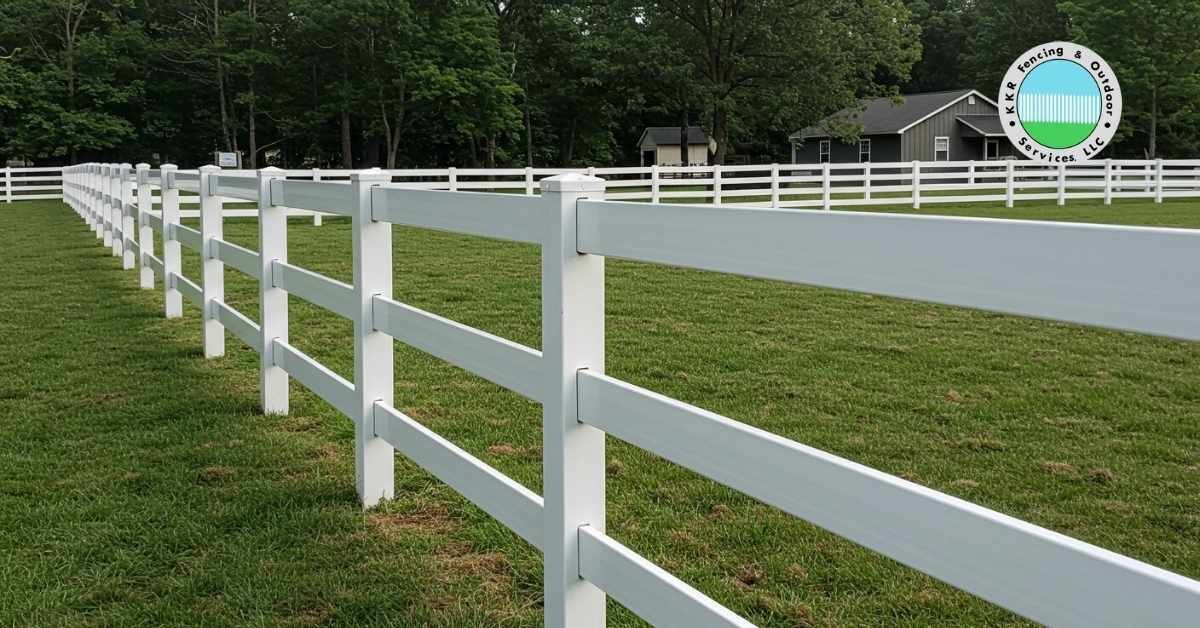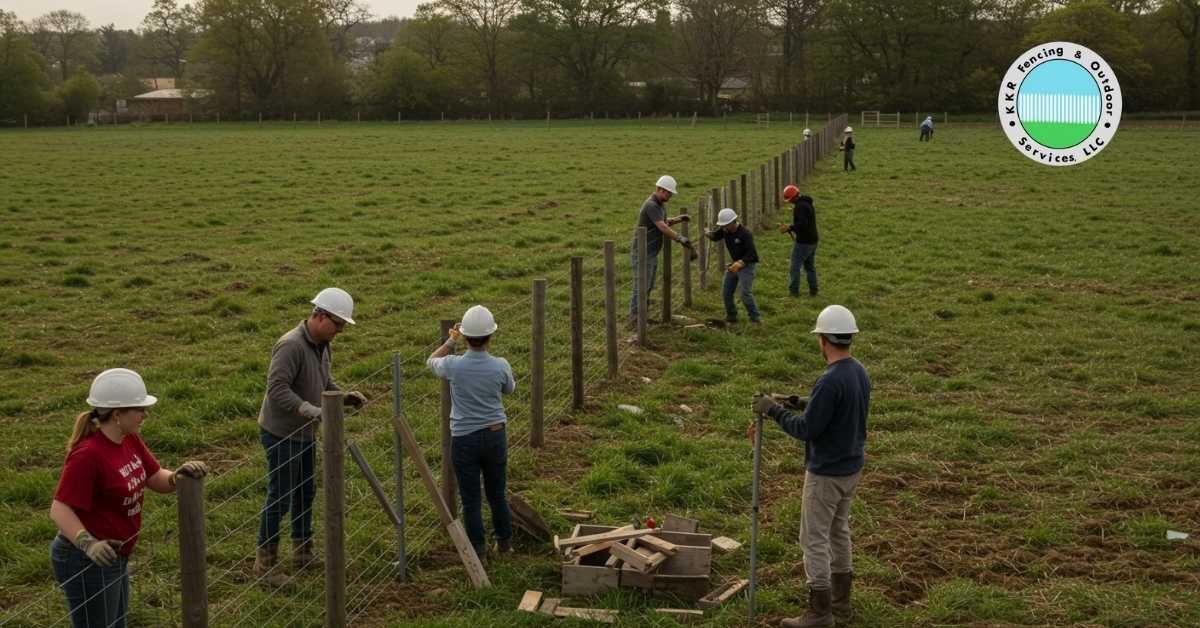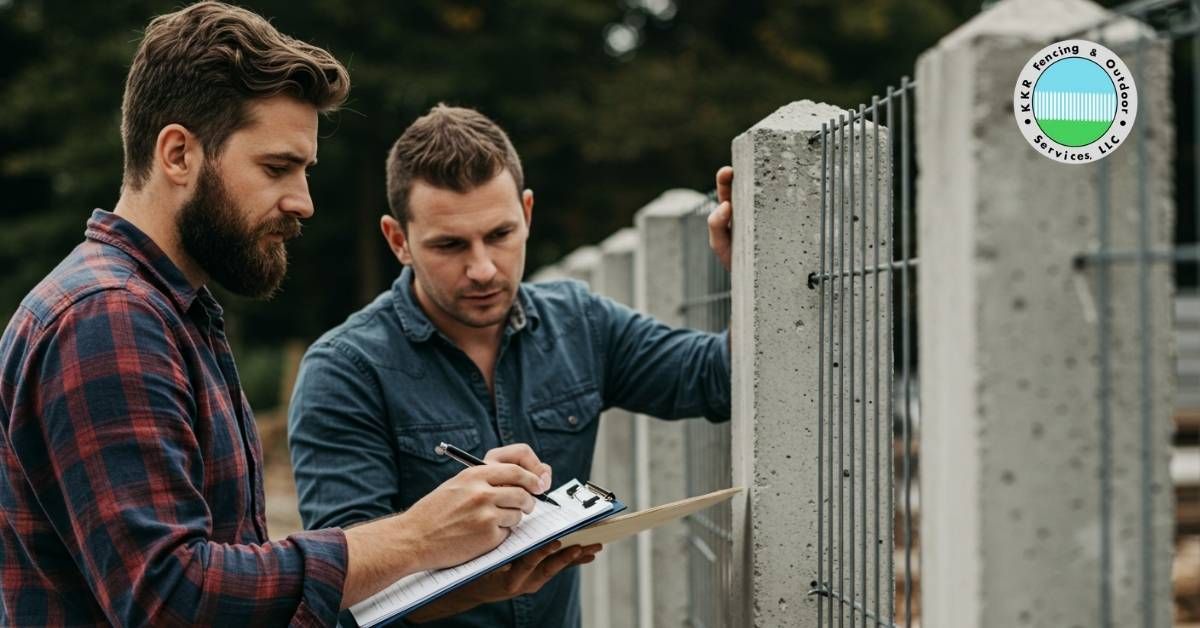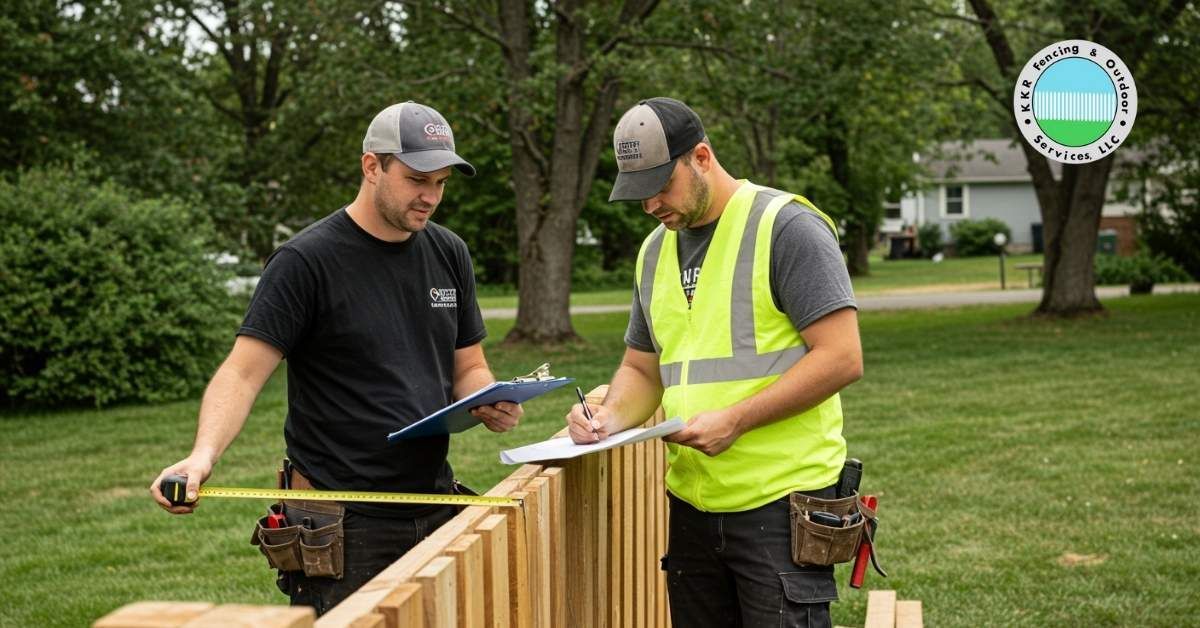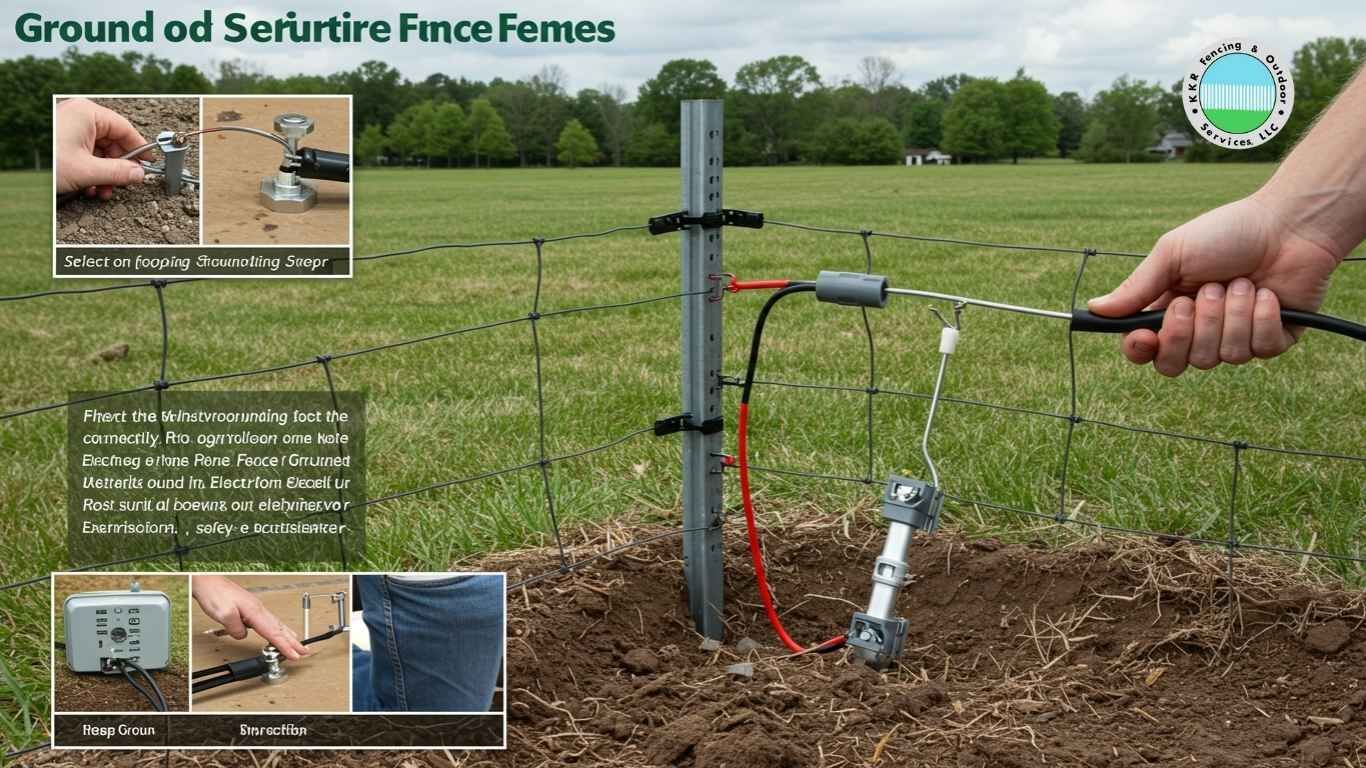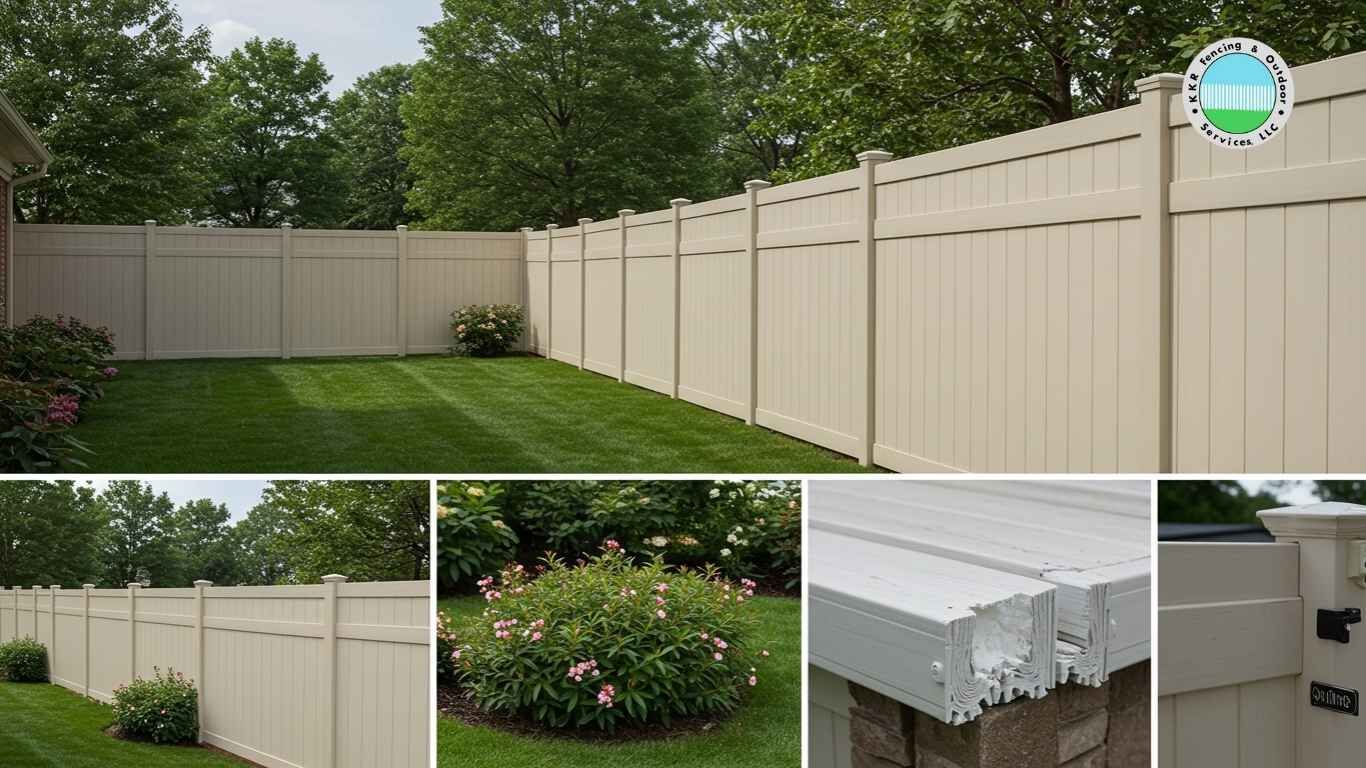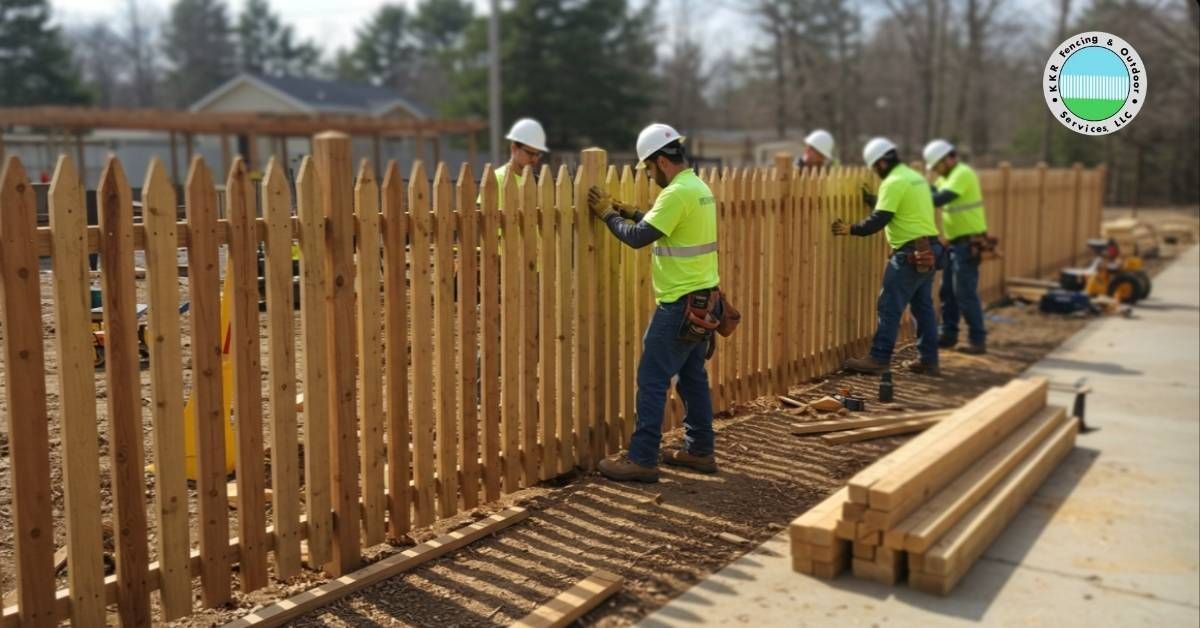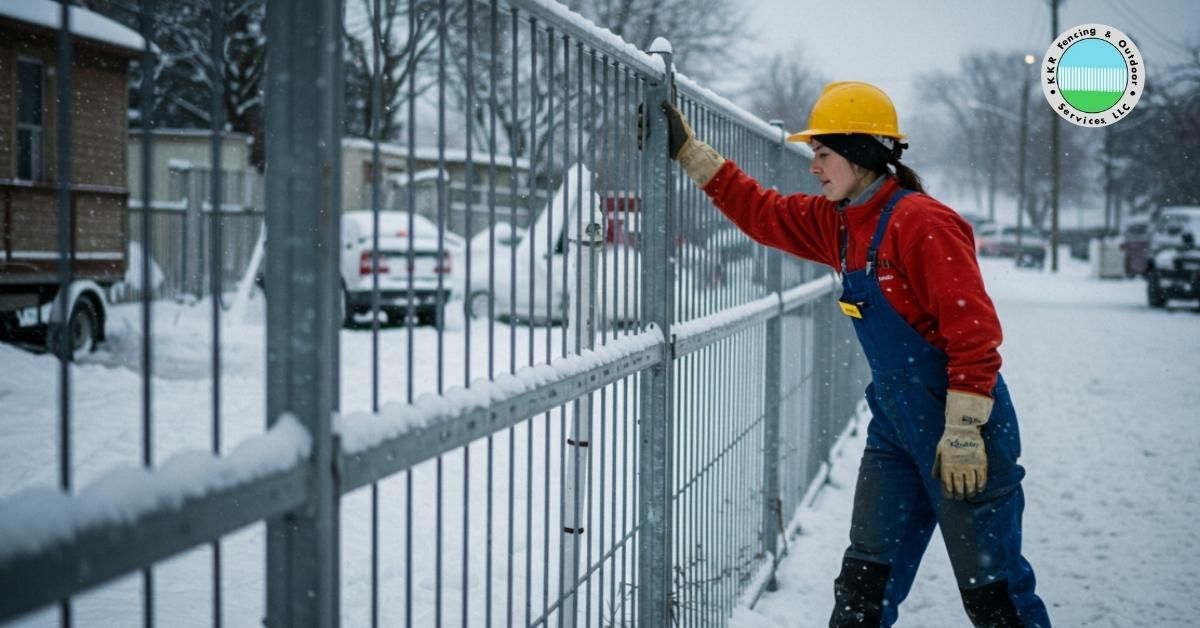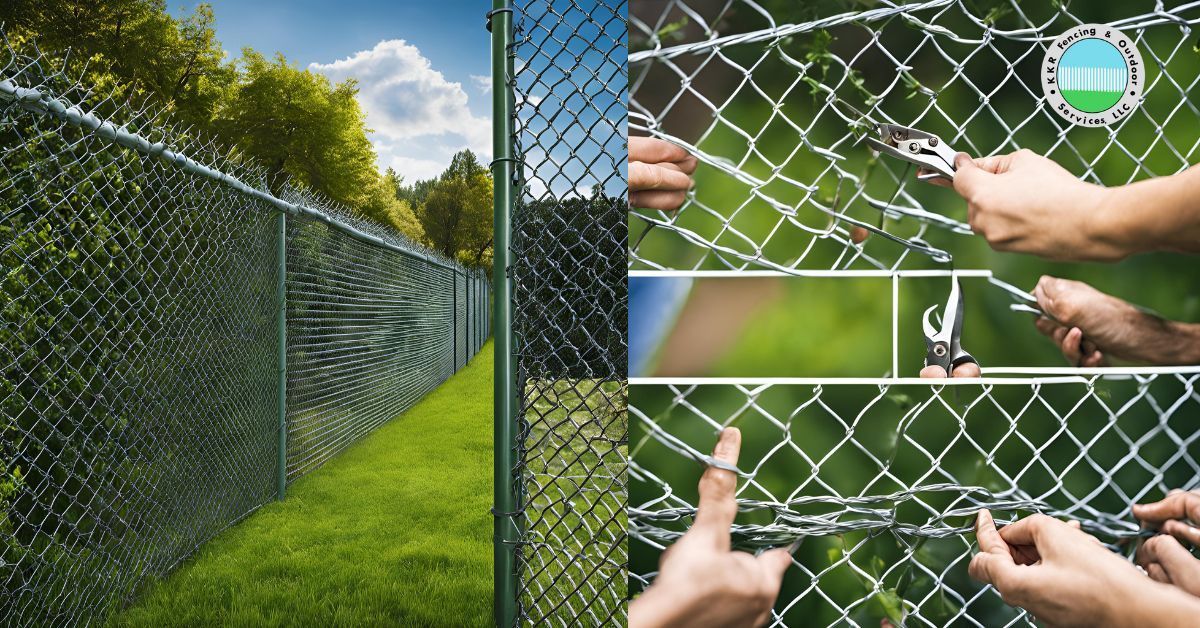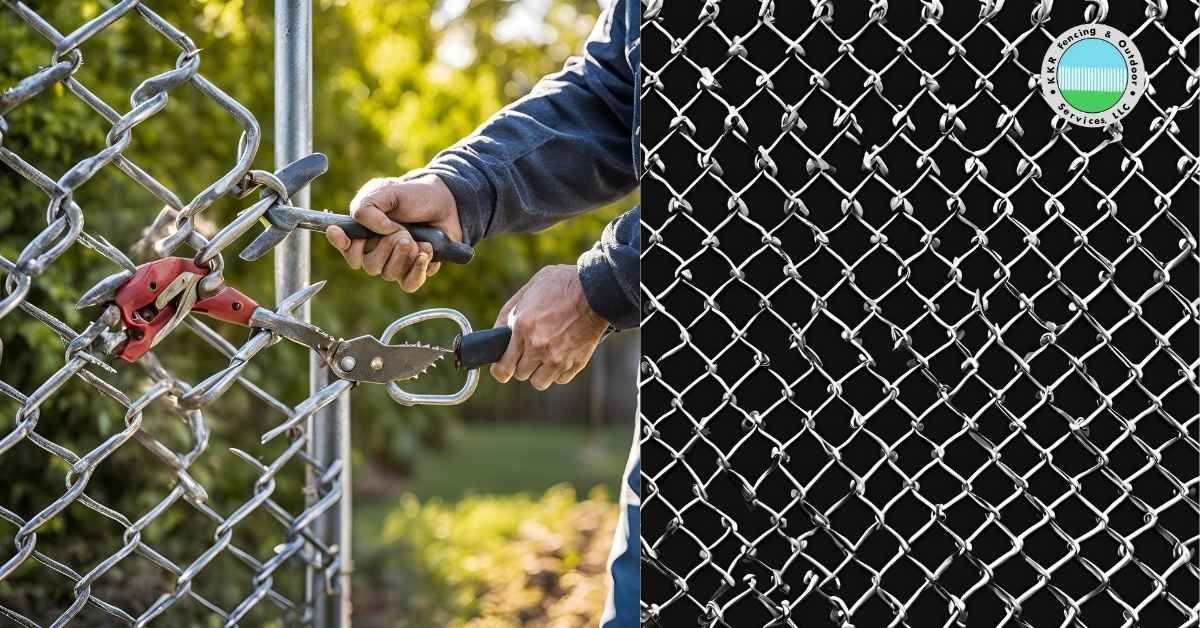How to Install an Aluminum Fence Like a Pro – Durable, Stylish.
Installing an aluminum fence is a fantastic way to enhance the style and security of your property, whether for residential, commercial, or agricultural purposes. Aluminum fencing offers a durable, low-maintenance, and cost-effective solution compared to traditional options like wrought iron or wood. With its sleek, modern look and relative ease of installation, aluminum fencing is an ideal choice for those who want an attractive and functional barrier for their property.
In this comprehensive guide, we’ll take you through each step of installing an aluminum fence, including tips for managing slopes, securing posts, and adding gates. Whether you’re a DIY enthusiast or considering professional help, understanding the process will help you make the most of your investment in aluminum fencing.
Why Choose Aluminum Fencing?
Durability and Low Maintenance
Aluminum fencing is resistant to rust, corrosion, and the elements, making it a long-lasting choice for any climate. Unlike wood fencing, which can warp, rot, and require regular treatment, aluminum fences are practically maintenance-free. They retain their appearance and strength for years with minimal upkeep.
Cost Efficiency
Aluminum fences are not only durable and stylish but also a smart financial choice. They are generally more affordable than wrought iron but offer a similar aesthetic appeal. This makes them an attractive option for homeowners and businesses alike who want a premium look without a premium price.
Versatile Design Options
Aluminum fencing is not just about security, it's about style. With various styles, heights, and colors available, it allows you to blend seamlessly with your landscape. From decorative ornamental designs to practical pool fencing, aluminum options are highly versatile, fitting both residential and commercial fencing needs.
Environmental Benefits
Choosing aluminum fencing is not just about your property, it's about the planet. Aluminum is often recyclable, making it an eco-friendly choice for property owners interested in sustainable landscaping solutions.

Preparation Steps Before Installation
Review Property Boundaries and Local Regulations
Before starting any
fence installation, it’s essential to check your property lines, understand local zoning laws, and, if applicable, consult your Homeowners Association (HOA). Ensuring the fence is within your boundaries and aligns with HOA and city regulations can prevent costly alterations later.
Additionally, call
811 to mark underground utilities. This federally designated service coordinates with local utility companies to mark utility lines, ensuring you avoid hazards like power or gas lines during installation.
Gather Essential Tools and Materials
For a successful aluminum fence installation, having the right tools and materials is crucial. Here’s a list to get you started:
Tools: Post-hole digger, shovel, level, tape measure, string line, rubber mallet, cordless drill.
Materials: Aluminum fence panels, end posts, corner posts, line posts, gate posts, concrete mix (or gravel for specific installations).
Safety Gear: Gloves and safety glasses to protect yourself during installation.
For guidance on choosing aluminum or
wrought iron fencing, visit our page onAluminum & Wrought Iron Fencing.
Step-by-Step Guide to Installing an Aluminum Fence
Step 1: Layout Planning and Marking Fence Line
Start by planning your fence layout. Place wooden stakes at the corners and ends of the planned fence line, and use string lines to mark a straight line between each stake. This line serves as a guide to ensure your posts are evenly spaced and correctly aligned.
Tips:
- Keep gate locations in mind and ensure they’re planned for level areas to prevent gate alignment issues.
- Check measurements multiple times to avoid adjustments later.
Step 2: Digging Post Holes
Digging post holes is a crucial step in ensuring the stability and longevity of your fence. Use a post-hole digger to create holes that are typically 24 to 42 inches deep, depending on your local frost line and post height. For added drainage, add about six inches of gravel at the bottom of each hole before inserting the posts.
Step 3: Setting Fence Posts
Once the holes are dug, set each fence post in place. You can choose to use concrete or gravel for setting, though concrete provides more stability for long-term installations. Pour concrete around each post, filling the hole to within a few inches of the surface. Use a level to ensure each post is plumb and aligned with the string line before the concrete sets.
Pro Tip: Allow the concrete to dry completely before moving on to the next steps. Fast-setting concrete may only take 20 to 40 minutes, but for best results, wait at least an hour to ensure each post is solidly set.
Step 4: Attaching Panels and Rails
Once the posts are in place, it’s time to attach the panels and rails. Start by attaching the first fence panel to an end post or corner post using the screws and brackets provided by your fence manufacturer. Slide the panel into the pre-drilled holes on the posts, securing it with screws or brackets as needed.
As you work along the fence line, regularly check that each panel is level and aligned adequately with adjacent panels. Misalignments here can cause your fence to look uneven, so take the time to ensure each connection is precise.
Step 5: Installing the Gate
A well-aligned gate enhances both the functionality and appearance of your fence. Place gate posts in the designated locations, ensuring they are plumb and level. Attach the hinges to the gate itself, positioning them about 6 inches from the top and bottom of the gate frame. With someone holding the gate in place, secure the hinges to the gate posts, testing to ensure the gate swings freely without obstruction.
For other
fence repair needs, visit our page onFence Repair Services for more information.
Special Considerations for Slopes and Uneven Terrain
If your property has a slope, you may need to adjust your installation approach to maintain a clean and secure fence line. There are two main techniques for handling slopes:
Racking: For gentle slopes, adjust the panels so they align with the ground without requiring unique posts. This technique helps maintain an even space under the fence, which is ideal for containing pets or securing property.
Stair-Stepping: For steeper slopes, install each panel in a "stepped" fashion, resembling a staircase. In this approach, end posts are often used instead of line posts, with each panel set at a higher or lower level than the previous one.
Both techniques help create a professional-looking fence that adapts to the natural landscape.
Maintenance Tips for Aluminum Fences
Routine Checks
Inspect your aluminum fence periodically for any loose screws, shifting panels, or alignment issues, especially after strong winds or heavy rain. Tighten any loose fasteners and ensure panels remain securely in place.
Cleaning Tips
Clean your aluminum fence once or twice a year to keep it looking fresh. Use a mild detergent mixed with water, along with a soft cloth or brush, to remove any dirt or residue. Avoid using abrasive cleaners, as they can damage the fence’s protective finish.
Protective Measures
Adding post caps or finish coatings can enhance your aluminum fence’s durability, protecting it from the elements and prolonging its lifespan.
For durable
chain-link fencing options, consider visiting our page onChain Link Fencing to learn more about this affordable and versatile alternative.
FAQ: Common Questions about Aluminum Fence Installation
Can I install an aluminum fence on my own?
Yes, with the right tools and a clear plan, installing an aluminum fence is manageable for DIYers. Following each step carefully ensures a sturdy, professional-looking result.
What is the lifespan of an aluminum fence?
An aluminum fence can last 20-30 years, depending on maintenance. Its corrosion-resistant nature contributes to its longevity, making it an excellent investment for any property.
Do I need concrete for the posts?
While not mandatory, concrete provides stability and is recommended for permanent installations, especially in areas with high winds or unstable soil.
How do I handle slopes in my yard?
For mild slopes, racking the panels is sufficient. For steeper slopes, consider stair-stepping to achieve a uniform appearance. Each method offers different visual and structural benefits.
What’s the difference between end, corner, and line posts?
End Posts: These are used at the fence’s beginning and end, with holes on one side.- Corner Posts: Have holes on adjacent sides, which are used to create right angles.
- Line Posts: Have holes on opposite sides for straight fence lines.
Conclusion: The Value of Aluminum Fencing
Aluminum fencing provides an attractive, durable, and relatively easy-to-install solution for residential, commercial, and agricultural needs. Its resistance to rust and low maintenance requirements make it a smart choice for property owners looking for longevity and style. Whether you’re installing it yourself or hiring a professional, an aluminum fence offers lasting value and appeal.
For high-quality aluminum fencing solutions tailored to your specific needs, contact
KKR Fencing & Outdoor Services LLC. Our family-owned business specializes in custom fence installations and repairs, ensuring quality work at a fair price.
If you’re looking to enhance your website’s SEO, connect with our partners at Pro Growe.
